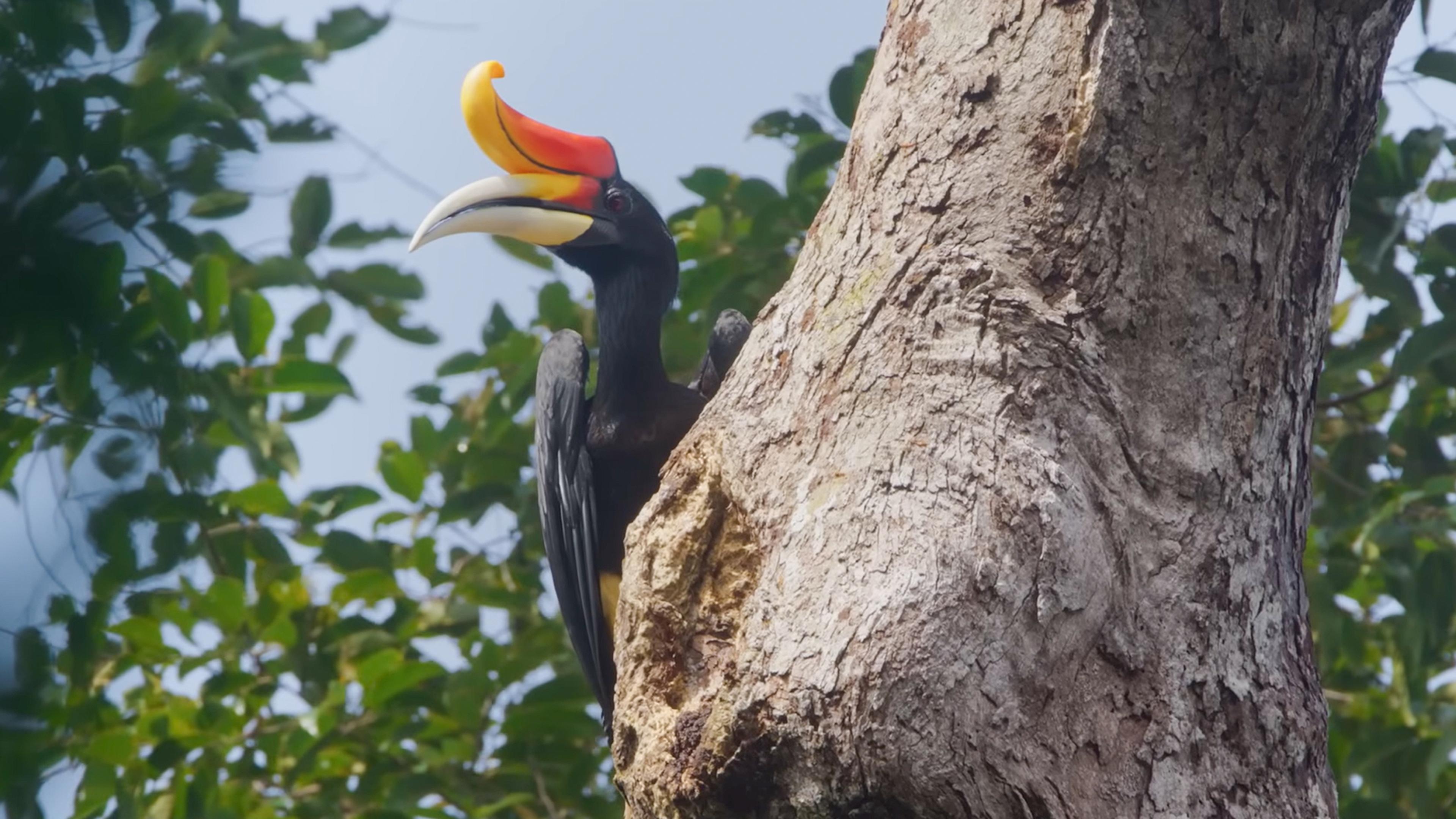Rhinoceros horns are worth more than their weight in gold – literally, about $65,000 per kilo. This is due to strong black-market demand in China and South Asia, where beliefs about the horn’s healing and aphrodisiac properties persist. The species is on the brink of extinction, with a global population under 30,000 and shrinking, while poaching increases in response to growing demand. As of late 2015, the extraordinary creature’s fate rests largely in the hands of the Constitutional Court of South Africa, the country’s highest judicial authority, which is considering a case brought by two rhino breeders, John Hume and Johan Kruger, to overturn the domestic ban on selling rhino horn. Supporters of a legalised horn trade argue that it would encourage investment in rhinos, spurring an increase in the population and more security to protect the valuable property the animals represent. Moreover, they say, the horns can be removed largely painlessly and grow back at a rate of a kilo a year. Critics counter that leaving the rhino’s fate to market forces is irresponsible, unethical and unlikely to succeed. Legalisation, they believe, would create more unsustainable demand, encourage false ideas about the horn’s medicinal value, and set an untenable precedent for conservation of all species based solely on their economic utility.
Nuanced and evenhanded, The Last Rhinos is a thought-provoking exploration of what it means to protect and live alongside wildlife in the 21st century.








